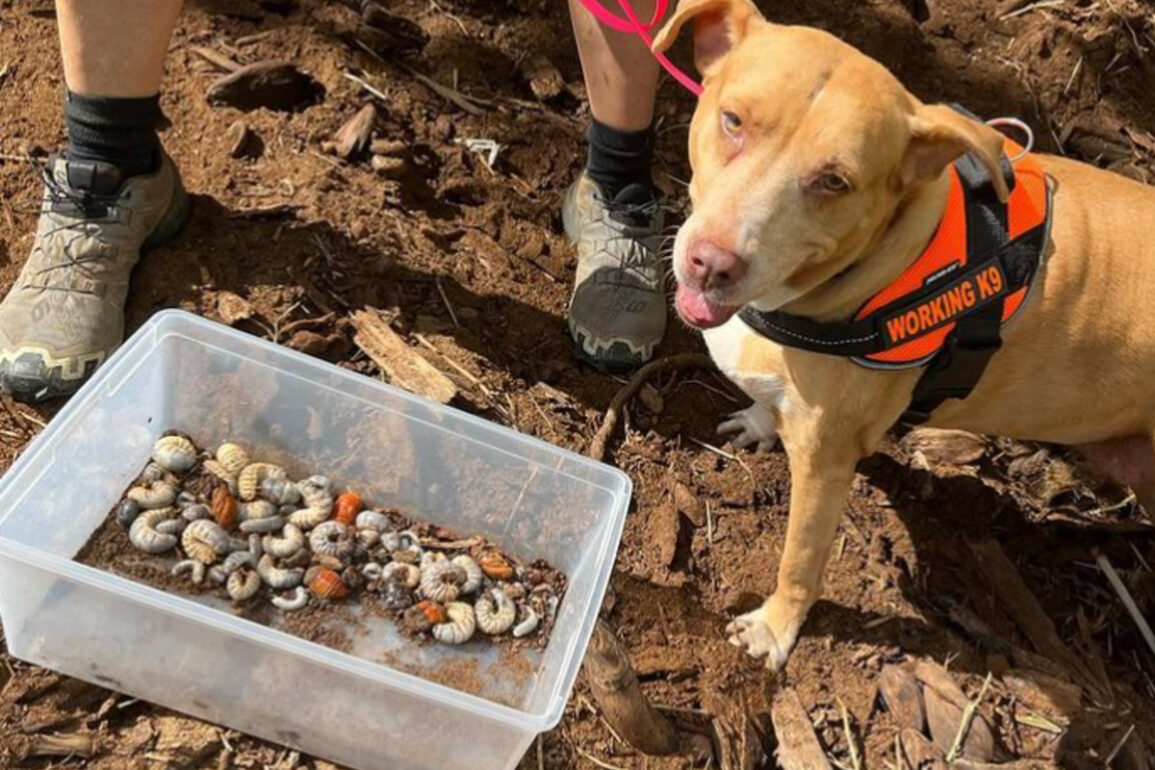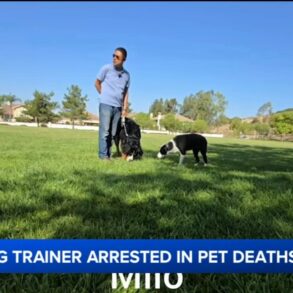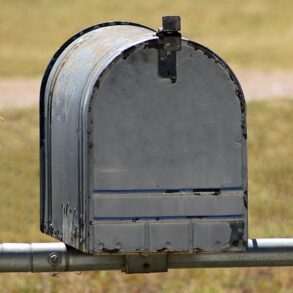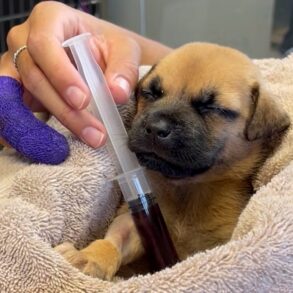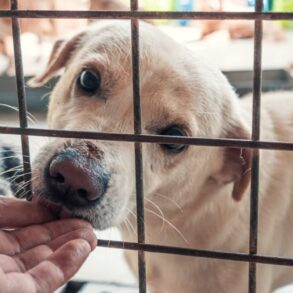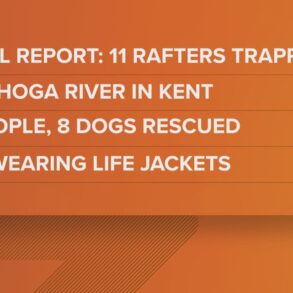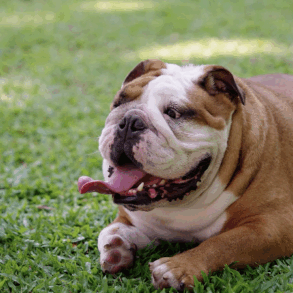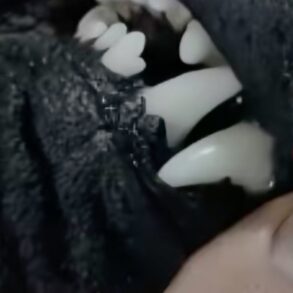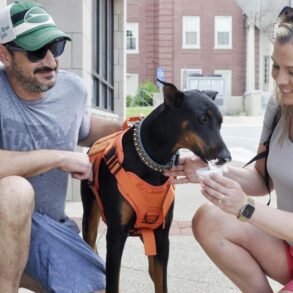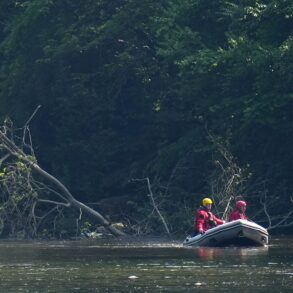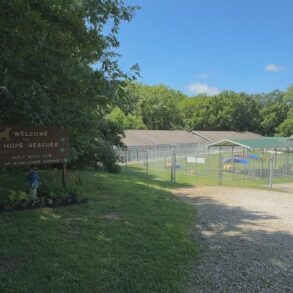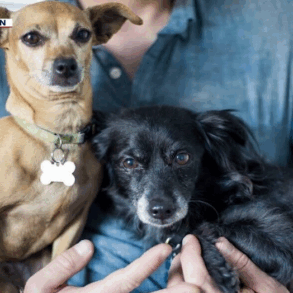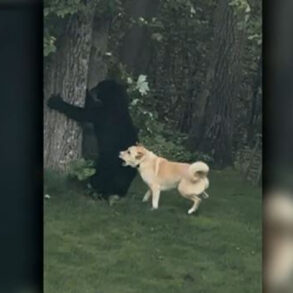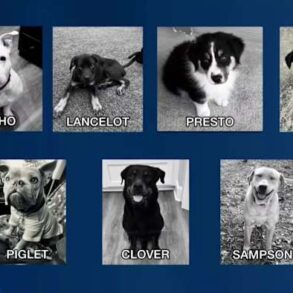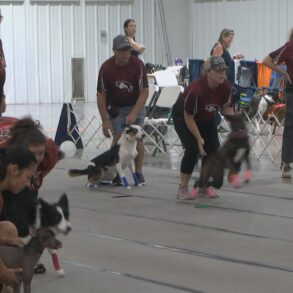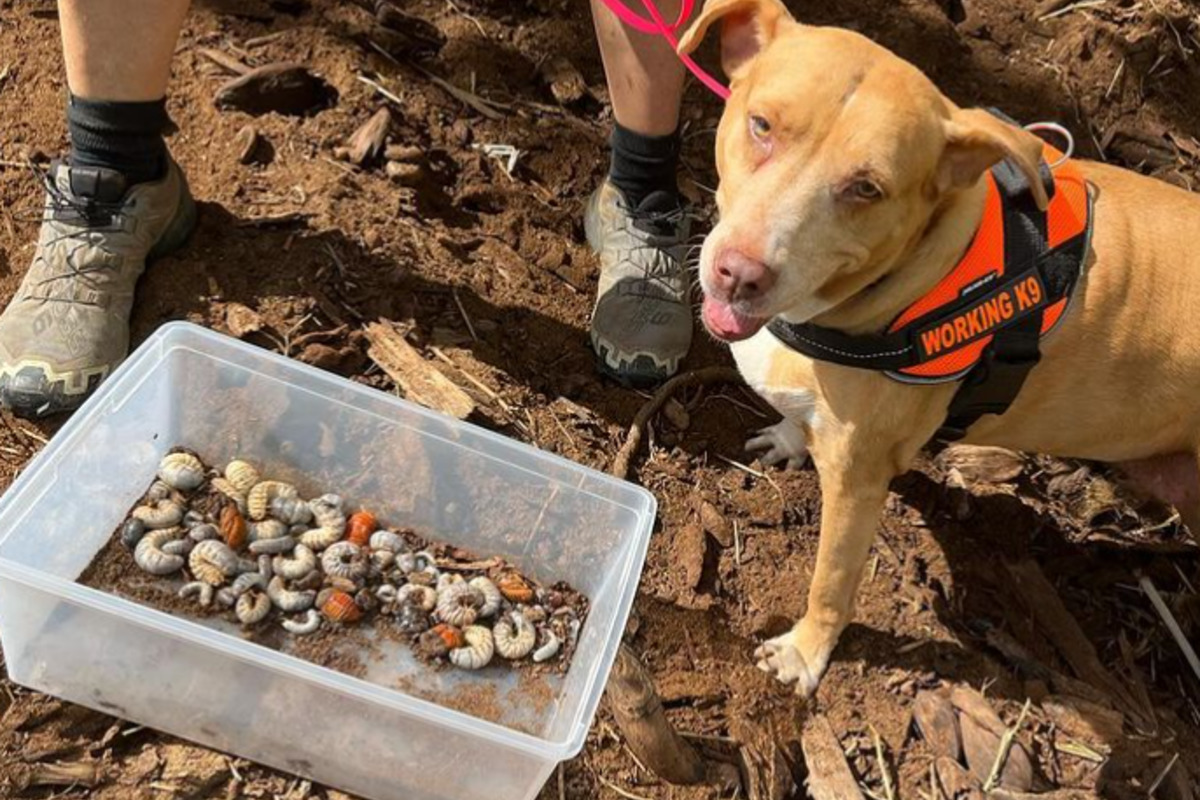
In an innovative effort to combat the invasive coconut rhinoceros beetle (CRB) that has plagued Hawaii, detection dogs have been successfully employed to sniff out these destructive pests more effectively. A team of specially trained canines on Kauai made headlines after locating over 80 beetle larvae on Friday, according to KITV. These findings were part of a collaborative operation between Conservation Dogs of Hawaii, a nonprofit, and the Kauai Invasive Species Committee.
During a search in late June, the canine team, which includes Xena, Luna, and Sadie, displayed heightened interest in specific areas, leading to the discovery of the CRB larvae. The response from the dogs was indicative of a location dense with pest scent, prompting handlers to investigate further. Debra Gochros, associated with Conservation Dogs of Hawaii, was quoted in an interview with KHON2 showing surprise at the volume of the find, stating, “Their noses were high, low, over, right, to the left, You know, walking around was like they were confused, but it’s because there was so much scent.” The dogs’ alerts led to the excavation of the larvae at the base of one coconut tree.
These efforts to detect CRBs early in their lifecycle are critical given the difficulty of dealing with adult beetles that can inflict significant damage while airborne. An official from the Hawaii Department of Agriculture underscored the importance of ground-level control methods, telling KHON2, “To catch a beetle that flies is exponentially more difficult. So if we can control green waste, that is going to be the most ideal way to get them on the ground versus in a 40- or 60-foot tree.”
Tackling the CRB problem is a community-wide responsibility, with individuals being encouraged to inspect soil and green waste to prevent further spread. The public is advised by Tiffani Keanini, KISC manager, to “Check the soil in your potted plants that you buy at the store, check your bags of mulch or compost, even the loads of mulch that you’re getting across the island. It’s really important to inspect those,” as reported by KHON2. With the promising results demonstrated by these canine teams, there is hope that similar programs will expand to effectively manage this invasive species across the Hawaiian islands.
This post was originally published on this site be sure to check out more of their content.




